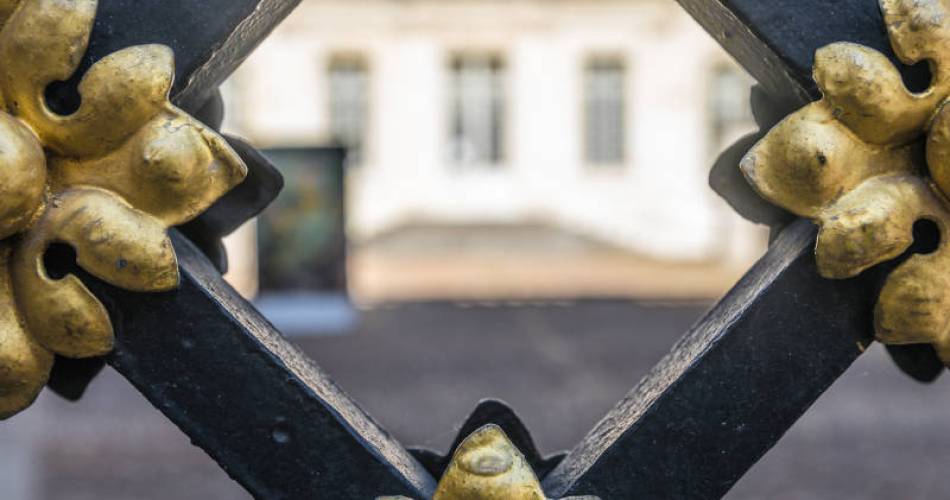The home is distinguished by the striking feature of the wrought-iron window sills, each with "a balloon in the center, enhanced on the second-floor sills by a small hot-air balloon in cut-out and embossed sheet metal'.
It was here that, starting in 1782, the Montgolfier brothers stayed when they came to Avignon from Annonay for purposes related to their paper business. On 24 February 1784, the journal 'Le Courrier d'Avignon' reported: 'It is here in Avignon that Mr. de Montgolfier the elder conducted his experiment for the first time. Here, he experienced great joy, as he saw a small hollow parallelepipede made of taffeta that had been heated rise rapidly to the ceiling'. 12.
This event was also reported by Félix Dugonet, in his book published in 1903 entitled 'L'invention de l'Aéronautique à Avignon en 1782'. He describes as follows: 'He had wanted to warm up the shirt that he wanted to put on after washing. To heat it, he lit paper on fire, and holding the opening of the collar in his left hand, he held the shirt tails open like a bell, to trap the warmth of the fire. What happened is that the warm air, captured inside the tightly-held shirt, was strong enough to lift the inflated shirt above the fire'. 12.
Furthermore, it is held that the Montgolfier brothers demonstrated one of the first examples of aerostation in the grand courtyard at the Villeneuve-Martignan mansion, now the Calvet Museum in Avignon.
See less
